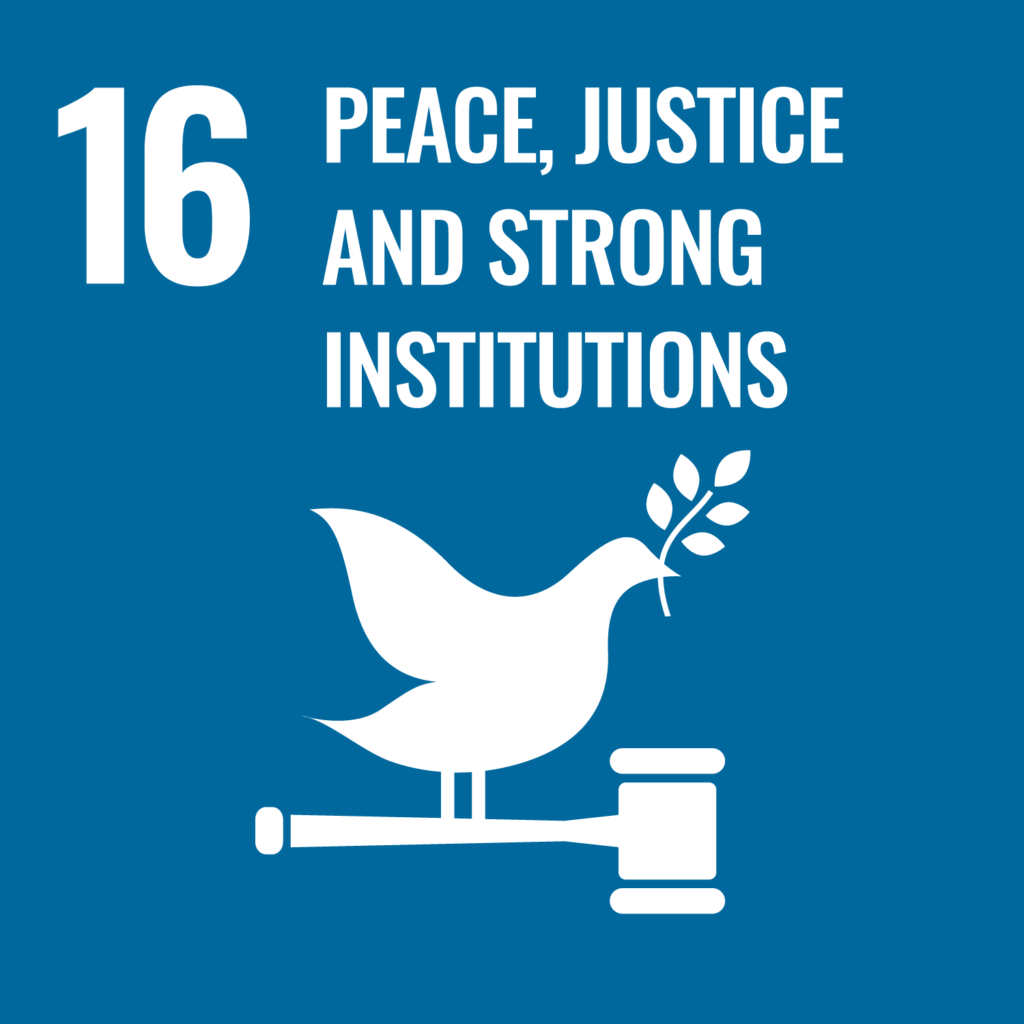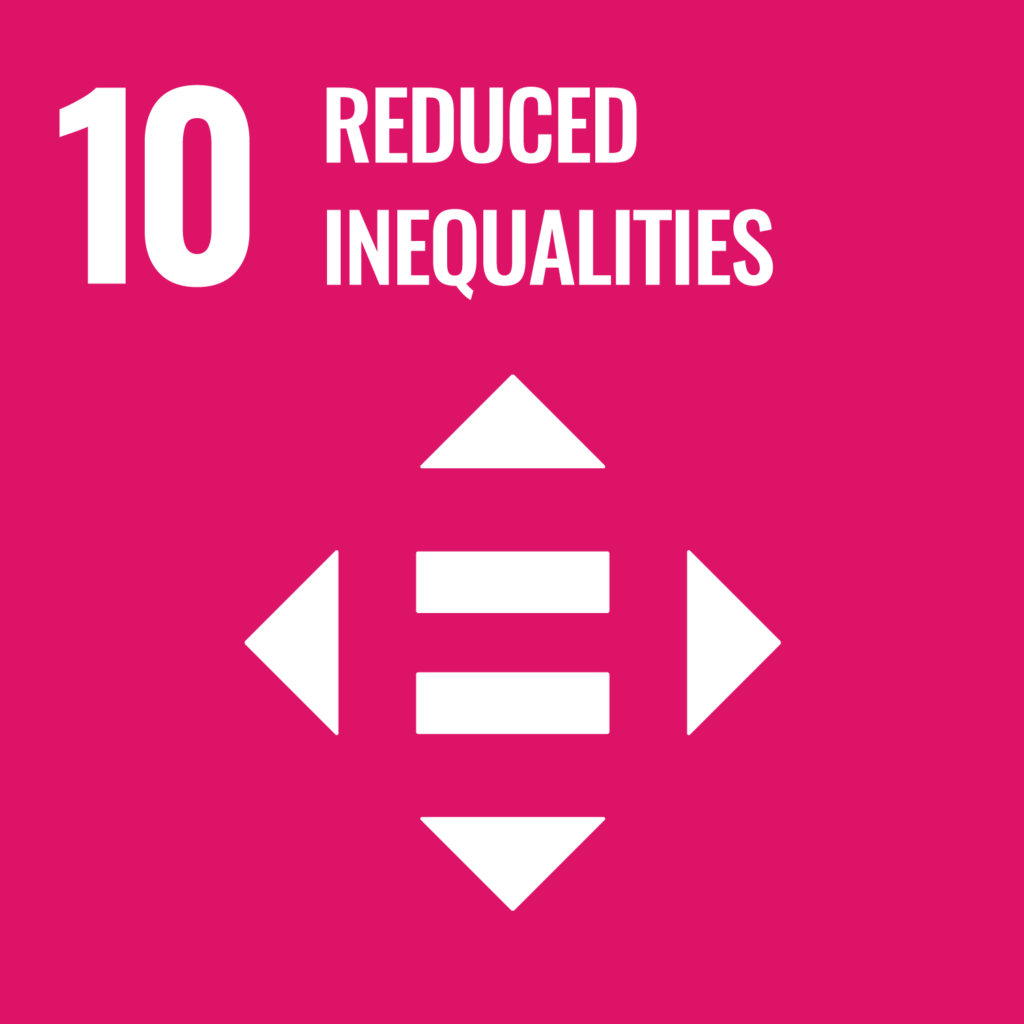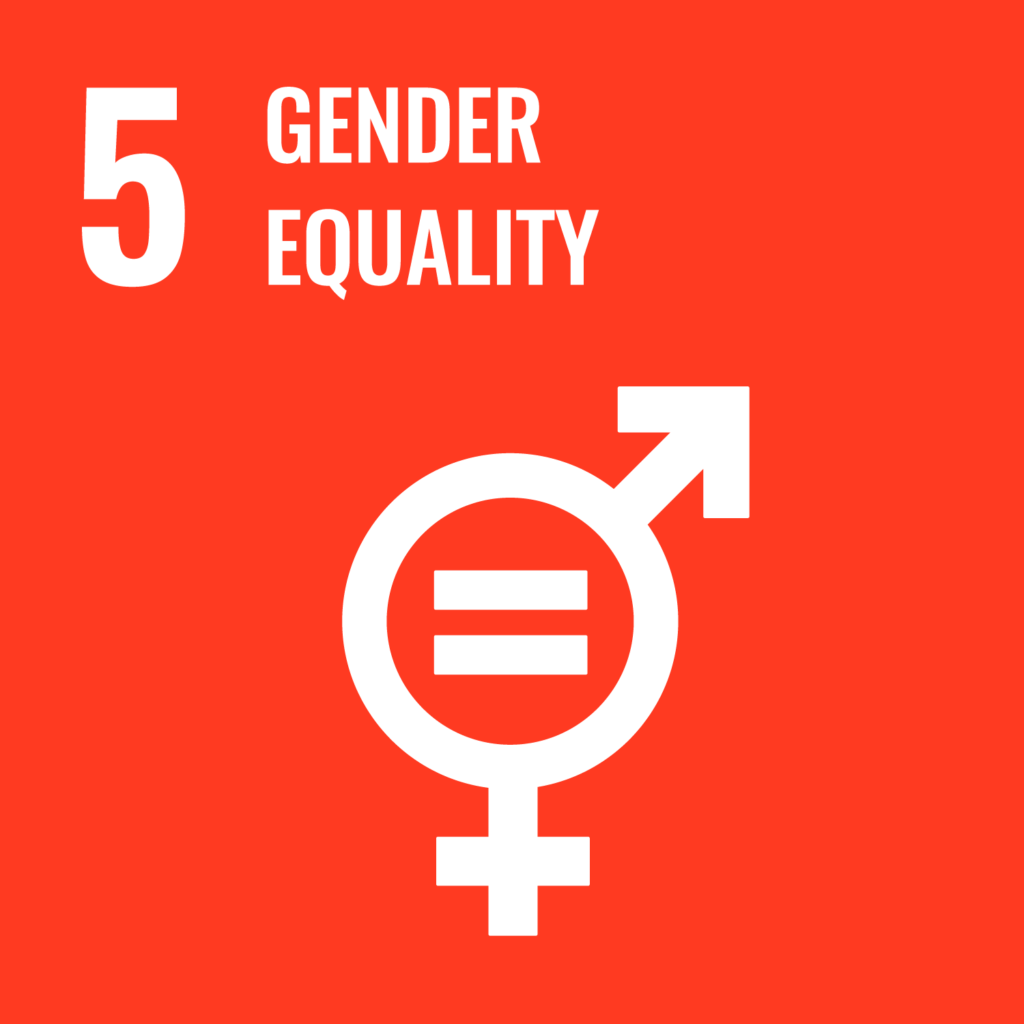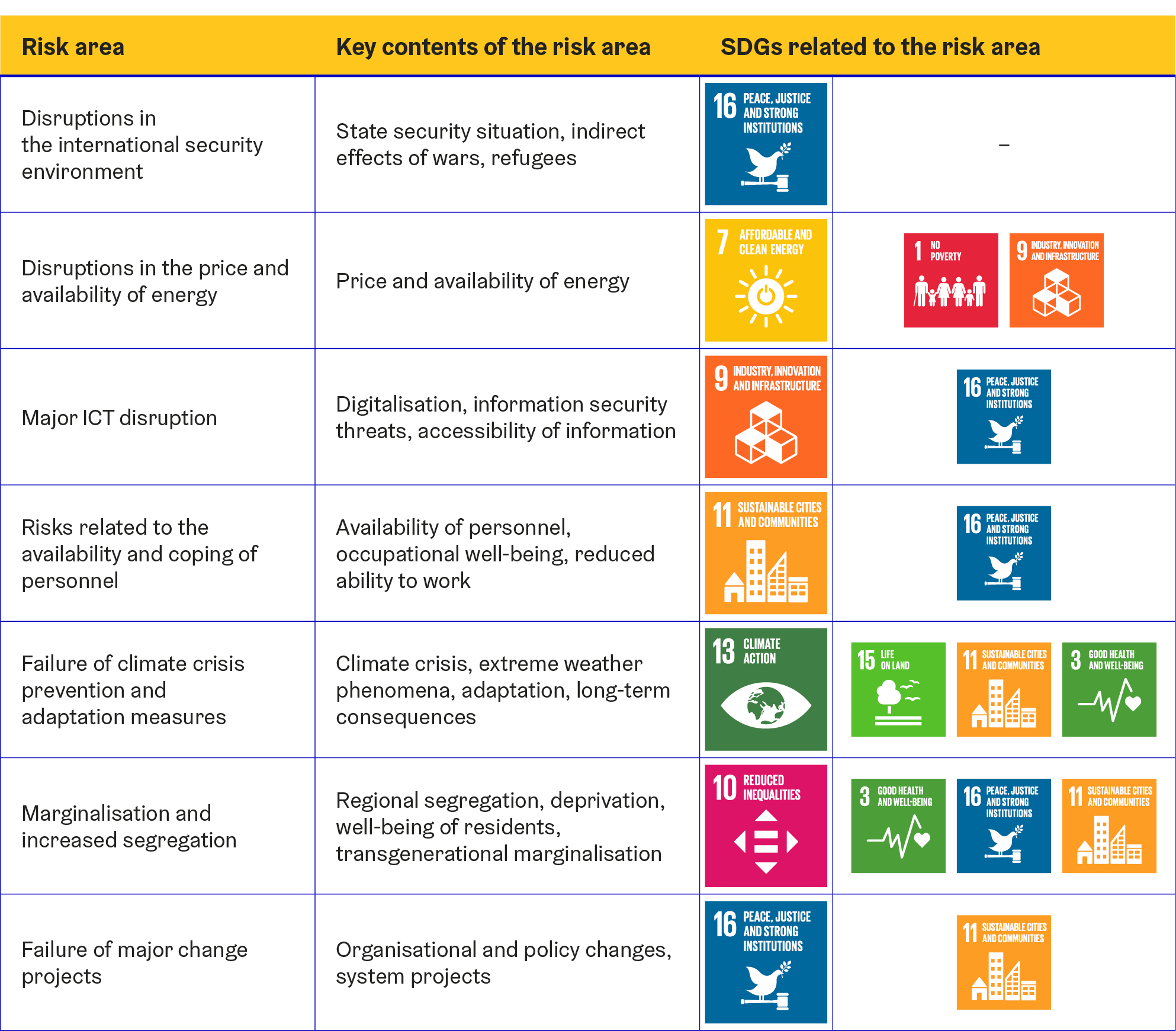


Safety issues are present in the daily lives of all city residents, regardless of their neighbourhood, age or background. The reinforcement of safety is an important objective for the City, and a broad knowledge base is needed to develop it. Therefore, the City of Helsinki aims to examine the safety experiences of its residents in a variety of ways: through surveys, research, observations, experiences and safety discussions with adults, children and young people, for example.
The City has made the safety of children and young people a particular focus in the planning of its activities. The Urban Research and Statistics Unit has developed a tool to collect qualitative and quantitative data from professionals working with children and young people in different areas. The regional data model enables the updating and analysis of the situational picture on the safety of children and young people and the development of measures to strengthen safety.
Experiences and suggestions for measures collected directly from children and young people are particularly valuable, as children and young people move around the urban space with agility and make first-hand observations of safety-related phenomena and areas for development. In their experience, particularly frightening places are railway stations, areas around shopping centres, and dark, poorly lit places such as underpasses. Parks and playgrounds without nearby housing, i.e. social control, may also be perceived as unsafe places in the evenings, especially if groups of people perceived as intimidating gather there. Children and young people express particular concern about encountering intoxicated people in their leisure time and along their way to and from school. The abuse of intoxicants in public places is also a concern for the city’s adult population. Furthermore, bullying, harassment and violence in schools and educational institutions, during leisure time and online have a negative impact on the safety of city residents and underline the need for cross-administrative development work.
The City has carried out a great deal of development work and many projects to increase the perceived safety in different areas. Lighting and comfort have been improved and safe routes have been developed. Schools, educational institutions and youth work have developed staff skills to prevent and identify bullying, harassment, juvenile delinquency, gang activity, radicalisation and domestic violence, and to address negative trends that have started.
Prevention puts particular emphasis on the importance of interaction skills, communality and safer spaces — supporting children and young people’s attachment to the community is key. Therefore, there is an increasing number of education professionals working in Helsinki’s schools and educational institutions who do not have teaching or assessment responsibilities but instead focus on positive encounters and presence. The aim is to address problems early on and in multidisciplinary cooperation with the guardians. If necessary, mediation professionals or the police are brought in as partners. In connection with this, the City of Helsinki and the Helsinki Police Department renewed their Anchor cooperation agreement in 2024. Anchor work is multi-professional cooperation aimed at the promotion of well-being and the prevention of crime and radicalisation among children and young people (under 18). The Education Division has worked in close cooperation with the Helsinki Police Department’s Preventive Policing Unit. During 2024, efforts have included providing the division’s locations with a wide range of training materials to strengthen safety skills and clarify authority processes and responsibilities, as well as organising other safety-related training for staff. Four locations of Helsinki Vocational College have implemented partner work between exercise coaches and youth workers with separate project funding for the prevention of gang activity and crime. The work has helped strengthen students’ attachment to their studies, increase students’ physical activity, support emotional and interaction skills and community spirit, and reduce conflicts and safety deviations.
In Kannelmäki, the City applied the Bloomberg–Harvard development programme to seek solutions to improve the safety experience of children and young people through extensive cooperation between professionals, local operators and the police. According to experiences, professionals in the area gained a better understanding of the problems to be solved. The lessons learned about preventive work and operating models in Kannelmäki can also be applied to other suburban regeneration areas.
In addition to investing in prevention, it is important to tackle any problems that arise early on and in the right way. For challenging situations, the City has developed a City-wide hate speech intervention model and instructions for dealing with concerns about radicalisation. In addition to this, schools and educational institutions have introduced an intervention model for bullying, harassment and violence, as well as guidelines for dealing with situations where a learner has an increased number of absences. Helsinki has long been using the Toivo operating model to support children and young people who commit serious and repeated offences, and now the Social Services, Health Care and Rescue Services Division will be able to develop it further thanks to funding from the Ministry of Justice. In addition to this, a cross-administrative youth cooperation group was set up in Helsinki, focusing on children and young people living in Helsinki who commit offences and display disorderly behaviour, as well as their families. The group aims to use research and operational analysis to guide and evaluate the activities related to the target group and improve their quality.
Well-being inequalities, or segregation, between different groups of people and neighbourhoods are linked to safety. Safety problems are not evenly distributed among the population. According to the spring 2024 Helsinki Barometer, safety experiences have deteriorated most in socio-economically disadvantaged areas, for both men and women. In the most disadvantaged areas, only 39% of women felt safe walking alone in their neighbourhood on a weekend night. Overall, 72% of all respondents across the city felt that their neighbourhood was safe. This proportion has decreased in each round of the survey since spring 2022. In spring 2022, 85% of Helsinki residents felt that their neighbourhood was safe. The difference is primarily due to a marked decline in perceived safety among men.
Committing and falling victim to serious offences is also linked to social disadvantages and marginalisation. Criminals and victims often have low levels of education, financial difficulties and poor links to working life or education. There are also typically other underlying factors, such as impulsivity, learning difficulties or substance addiction, which increase the risk of marginalisation and crime. Parenting challenges are also highlighted as a factor behind negative trends. Towards the end of the strategy period, the City will therefore give particular attention to the prevention of segregation through a range of concrete measures planned in City-wide cross-administrative cooperation, e.g. for the 2025 action plans.
The safety perspective extends from private and public spaces to the workplace as well. Organisational safety and security have become central to the development of urban safety. City employees experience more violence, intimidation and outright bullying than before. It is important to improve the methods used to support people in challenging situations. Among other things, the City uses a defusing method immediately after a sudden and upsetting situation. Defusing is a scientifically researched discussion model that helps with discussing an unexpected situation and related thoughts with a colleague who has been trained in the method. Organisational safety and security not only protect staff, but also information, materials, technical infrastructure and the environment. Safety is also a key issue at major events managed by the City. The staff of City events are trained on an event-by-event basis to act in a non-discriminatory manner and commit to the principles of equality, fairness and equity.
Safety phenomena change and evolve over time, and the City needs to continuously develop its operations. Safety considerations are central to more strategic planning in areas such as the accessibility, adequacy and location of services. In addition to the continuous safety work carried out during normal social conditions, the City of Helsinki is prepared for
various serious disruptions and exceptional circumstances. To this end, the City has further developed its preparedness in 2024, including updating and renewing its preparedness plans, and carrying out drills and training. The City of Helsinki has also budgeted for major investments in the modernisation of its civil defence shelters, among other things.
To provide an up-to-date situational picture, the City conducted an extensive safety survey in autumn 2024. The survey is carried out every three years, and this time it was sent to 12,000 Helsinki residents aged 15–79. For the first time, the survey was available in seven different languages. The survey investigates Helsinki residents’ sense of security, experiences related to crime and accidents, and trust in the police and the Rescue Department. The results are used to develop the City’s activities. By expanding the sample size and the range of languages, the City is hoping to obtain more detailed information on safety experiences not only by area, but also by language group.
Helsinki City Group’s significant risks
The City Group’s significant risks are those strategic, financial, operational and external risks that threaten the Group’s objectives or otherwise have a very large impact if they materialise.
The City Group’s significant risks are assessed in a separate process each council term. One of the basic tasks of the City Group’s internal monitoring and risk management coordination group is to assist the Group’s management by identifying and assessing the Group’s most significant risks and methods to manage them. In 2024, the Group started development work on the identification and assessment of its significant risks.
Helsinki City Group’s risks and Sustainable Development Goals

Violence in close relationships
According to a population survey, 44% of Finns aged 16–74 have experienced intimate partner violence and 65% have experienced violence in close relationships during childhood. 48% of women and 39% of men had experienced intimate partner violence. The Finnish Institute for Health and Welfare’s School Health Promotion study from 2023 shows that, in Helsinki, approximately one in five boys in grades four and five have experienced physical violence during the past year, and nearly half of girls in grades eight and nine have experienced emotional violence perpetrated by the adults caring for them.
A minority of violence ends up in the crime statistics, and only some seek help for it. Statistics Finland’s statistics on offences and coercive measures show that, in Helsinki, the number of victims of domestic violence and intimate partner violence over 18 years of age known to the authorities was 1,214 in 2023. The number of men was 9% higher and the number of women was 3% lower than in the previous year. Of the victims, 70% were women and 30% men. The number of victims aged 0–17 was 334. This was 28% more than in the previous year. The number of girls and boys was the same. In 2023, Helsinki’s shelters helped 1,511 clients.
The City of Helsinki has a working group to prevent violence in close relationships, tasked with promoting measures to combat violence in close relationships. In addition to City operators, the working group includes organisations and authorities specialising in domestic violence. Each year, the working group prepares communication campaigns for city residents and training courses for professionals. The City of Helsinki also has a coordinator for the prevention of domestic violence, who led the preparation of an action plan for the prevention of violence in close relationships 2024–2025, approved by the City Manager. The action plan describes violence as a phenomenon, the situational picture in Helsinki and how the City can better respond to national and international obligations. The plan includes a number of measures to prevent violence in close relationships.
As one of these measures, Helsinki has launched a network of key persons in the field of violence in close relationships, where municipal and organisation partners work together to train key persons to identify violence and help those involved in violence in close relationships. The network of key persons is maintained by the working group and the coordinator. The project-based nature of the role of the coordinator for the prevention of domestic violence prevents long-term development work.
Successes:
- Regional cooperation between different operators has been developed as part of the Bloomberg–Harvard development work.
- Better ways have been found to draw on the experiences of children and young people.
- The partner work between exercise coaches and youth workers in the project for the prevention of gang activity and crime in upper secondary education has improved safety in educational institutions, increased students’ emotional and interaction skills, and reduced conflicts and safety deviations in educational institutions. In some institutions, there has been a particular focus on young people of compulsory education age and those at risk of marginalisation or belonging to minorities, as well as young people at risk of violent or criminal behaviour. The work has improved students’ attachment to their studies and reduced loneliness, the experience of inequality and the impact of regional segregation.
Areas for development:
- Segregation-related safety problems are on the rise, despite the many measures taken by the City.
- Violence in close relationships experienced by children and young people has increased. Too many Helsinki residents are experiencing violence in close relationships or other forms of physical and mental abuse.
- The number of violent incidents faced by City employees in the workplace is on the rise.
Programmes and websites:
City of Helsinki action plan for the prevention of violence in close relationships 2024–2025 PDF, in Finnish
Stop the violence
Prevention of violence in close relationships

